Sustainability Initiatives
Sustainability has become a pivotal driver in the Global Aircraft Curtain Market Industry. Airlines are increasingly prioritizing eco-friendly materials and manufacturing processes to align with global environmental standards. The use of sustainable fabrics for aircraft curtains not only reduces the carbon footprint but also appeals to environmentally conscious consumers. As regulations tighten around emissions and waste, the market is expected to adapt, potentially leading to innovations in material technology. This shift towards sustainability could enhance the market's growth trajectory, as airlines seek to differentiate themselves through environmentally responsible practices.
Market Trends and Projections
The Global Aircraft Curtain Market Industry is poised for growth, with projections indicating a market value of 2.82 USD Billion by 2035. This upward trend reflects the increasing importance of cabin aesthetics and passenger comfort in the aviation sector. The market's growth trajectory is supported by various factors, including technological advancements, sustainability initiatives, and the expansion of the aviation sector. As airlines continue to invest in enhancing the passenger experience, the demand for high-quality aircraft curtains is expected to remain strong, indicating a vibrant future for the industry.
Expansion of the Aviation Sector
The expansion of the aviation sector significantly influences the Global Aircraft Curtain Market Industry. With increasing air travel demand, particularly in emerging markets, airlines are expanding their fleets and retrofitting existing aircraft. This expansion necessitates the procurement of various cabin components, including curtains. The market is expected to grow at a CAGR of 3.04% from 2025 to 2035, reflecting the industry's robust growth. As more airlines enter the market and existing operators expand their services, the demand for aircraft curtains is likely to rise, further driving market dynamics.
Growing Demand for Aircraft Interiors
The Global Aircraft Curtain Market Industry experiences a notable increase in demand for enhanced aircraft interiors. Airlines are increasingly focusing on passenger comfort and aesthetics, leading to a rise in the adoption of high-quality curtains. In 2024, the market is projected to reach 2.03 USD Billion, driven by the need for improved cabin ambiance and privacy. Airlines are investing in innovative materials that not only provide functionality but also contribute to the overall design of the aircraft. This trend indicates a shift towards more luxurious travel experiences, which is likely to sustain growth in the market.
Technological Advancements in Materials
Technological advancements play a crucial role in shaping the Global Aircraft Curtain Market Industry. Innovations in fabric technology have led to the development of lightweight, durable, and fire-resistant materials that enhance safety and performance. These advancements not only improve the functionality of aircraft curtains but also contribute to fuel efficiency by reducing overall aircraft weight. As airlines continue to seek operational efficiencies, the adoption of these advanced materials is likely to increase. This trend suggests a promising outlook for the market, as manufacturers invest in research and development to meet evolving industry standards.
Regulatory Compliance and Safety Standards
Regulatory compliance remains a critical driver in the Global Aircraft Curtain Market Industry. Airlines must adhere to stringent safety standards regarding materials used in aircraft interiors, including curtains. Compliance with regulations ensures passenger safety and enhances the overall quality of the cabin environment. As safety regulations evolve, manufacturers are compelled to innovate and produce curtains that meet these standards. This ongoing need for compliance is likely to sustain demand within the market, as airlines prioritize safety and quality in their cabin offerings.


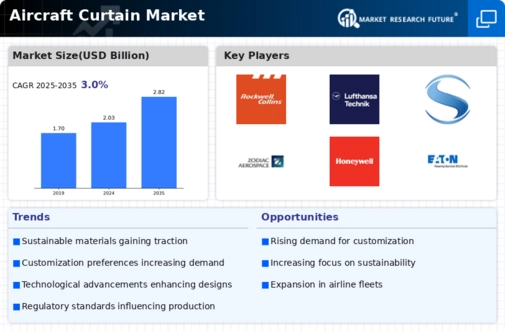
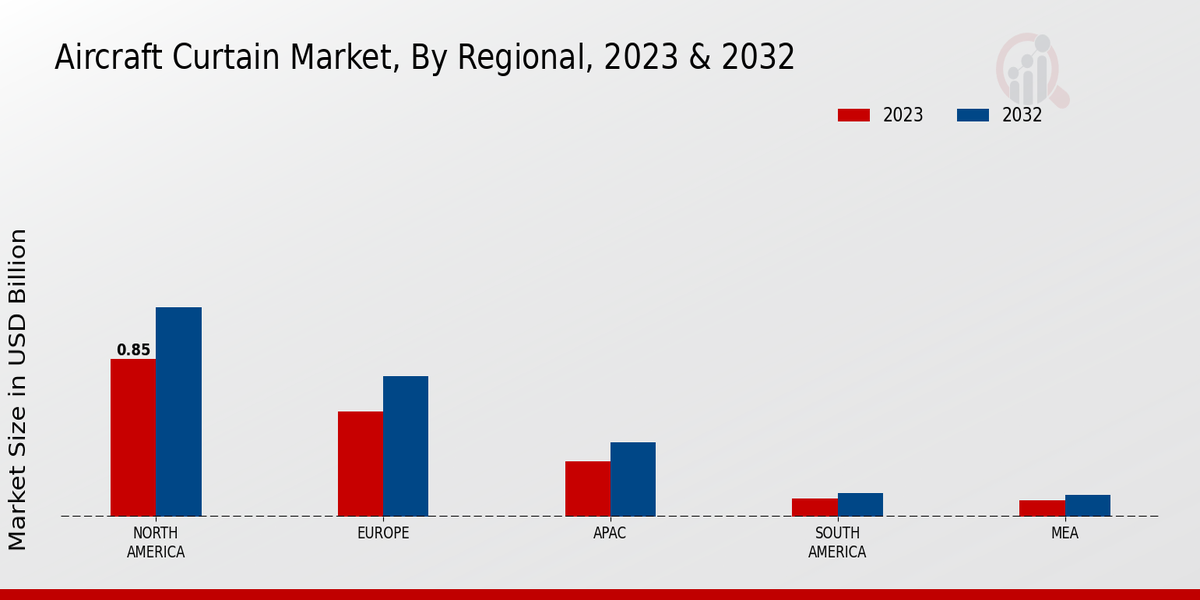
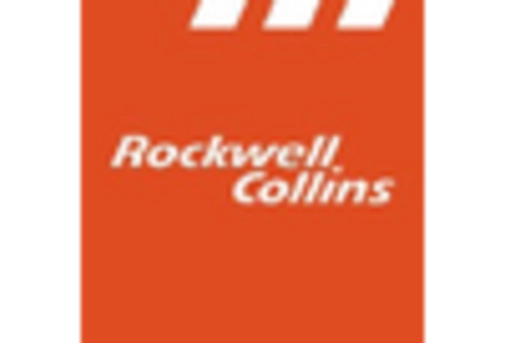
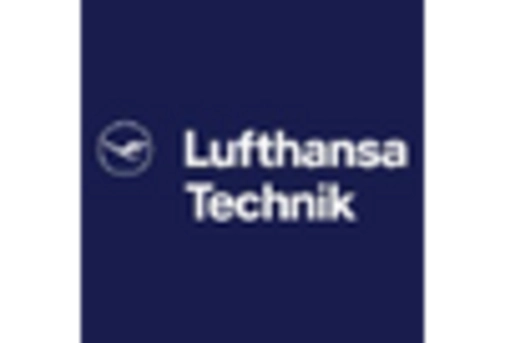

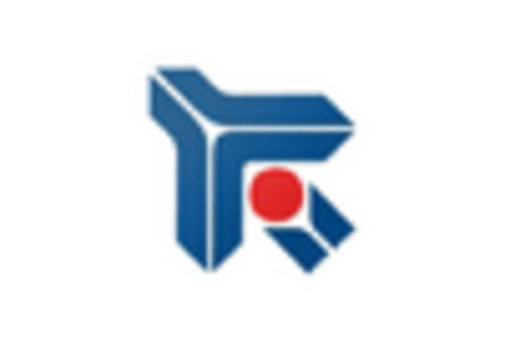
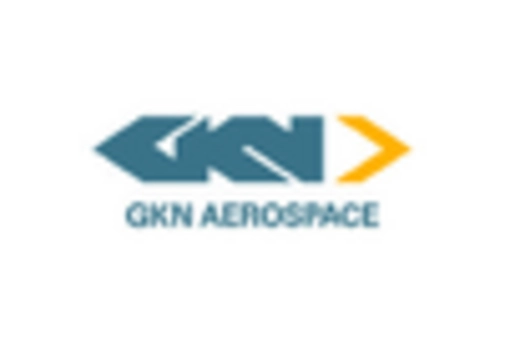
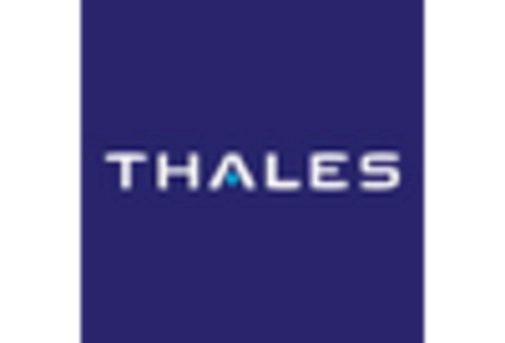

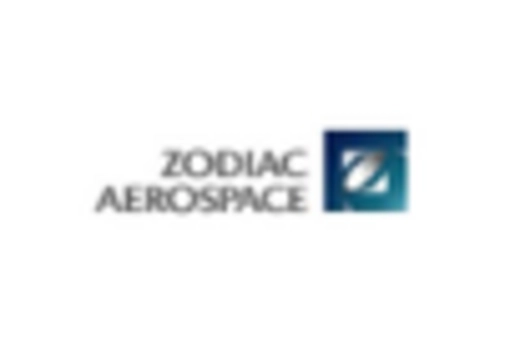

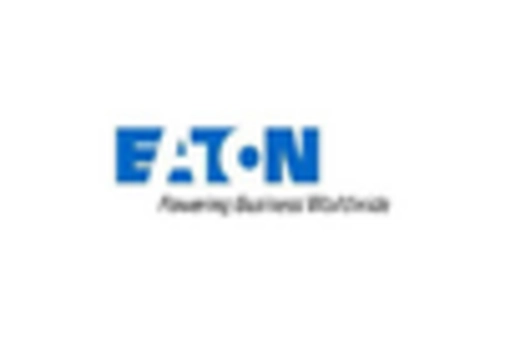









Leave a Comment